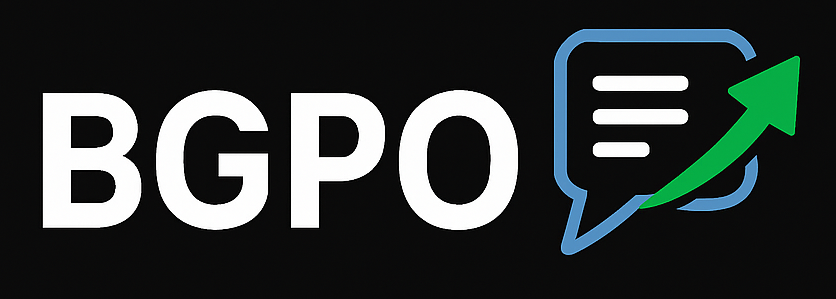Anchor Text Generator for Backlinks
In this internet world where there is a very broad ecosystem of internet, where billions of web pages are fighting for attention, clarity. this anchor text plays very best role to make ranking and user experience.
🔗 Anchor Text Generator for Backlinks
Enter your keyword to generate SEO-safe anchor text variations:
What is Anchor Text?
Anchor text meant to be a clickable text in hyperlink. It is visible, underlined often and portion of the link that isers click on to navigate from one webpage to another. Usually anchor text stands out from the surrounding content by color or styling (commonly blue and underlined by default).
For example, in the sentence:
“Learn more about SEO best practices.”
the phrase SEO best practices is the anchor text that links to another relevant web page.
Types of Anchor Text
There are several variations of anchor text, each with different SEO implications:
- Exact Match: The anchor text matches the exact keyword or phrase of the linked page (e.g., “digital marketing” linking to a page about digital marketing).
- Partial Match: The anchor text contains a variation of the target keyword (e.g., “effective marketing strategies” linking to a digital marketing page).
- Branded: The anchor text is a brand name (e.g., “OpenAI” linking to openai.com).
- Generic: Common, non-descriptive words like “click here” or “read more”.
- Naked Link: The URL itself is used as the anchor text (e.g., “https://buyguestpostoutreach.com/”).
- Image Links: If an image is hyperlinked, the alt text of the image serves as the anchor text for SEO purposes.
Why is Anchor Text Important?
Anchor text serves two primary purposes:
- It helps users understand what type of content they will encounter when they click the link. Clear, descriptive anchor text improves the overall user experience by providing context.
- Search engines use anchor text as an indicator of the linked page’s content. When multiple websites use similar descriptive anchor text to link to a page, it signals to search engines what that page is about, influencing its ranking for relevant search queries.
Best Practices for Anchor Text Optimization
To make the most of anchor text, both for SEO and user experience, consider these best practices:
- Be Descriptive and Relevant: Use clear, concise text that accurately reflects the linked content.
- Avoid Over-Optimization: Excessive use of exact-match keywords can be flagged as spammy by search engines. Strive for natural variation.
- Keep it Concise: Short, clear anchor text is more effective than lengthy phrases.
- Maintain Context: Ensure that the anchor text is relevant within the content and aligns with the page it links to.
- Don’t Mislead Users: Never use anchor text that falsely represents the destination content—it can harm both trust and SEO.
Historically, anchor text was heavily weighted in search engine algorithms. Websites often manipulated this by generating backlinks with keyword-rich anchor text to boost rankings. However, search engines like Google have refined their algorithms to prioritize natural linking practices. The Google Penguin update (initially released in 2012) penalized sites engaging in manipulative link schemes, placing greater emphasis on anchor text diversity and contextual relevance.
Though small in appearance, anchor text plays a big role in shaping the web’s structure and how information flows between pages. For content creators, marketers, and webmasters, understanding how to craft effective anchor text is essential to improve SEO, enhance user experience, and build trustworthy, navigable websites. By using anchor text thoughtfully and strategically, one can not only guide users effectively but also signal value and relevance to search engines—paving the way for better visibility and engagement online.
